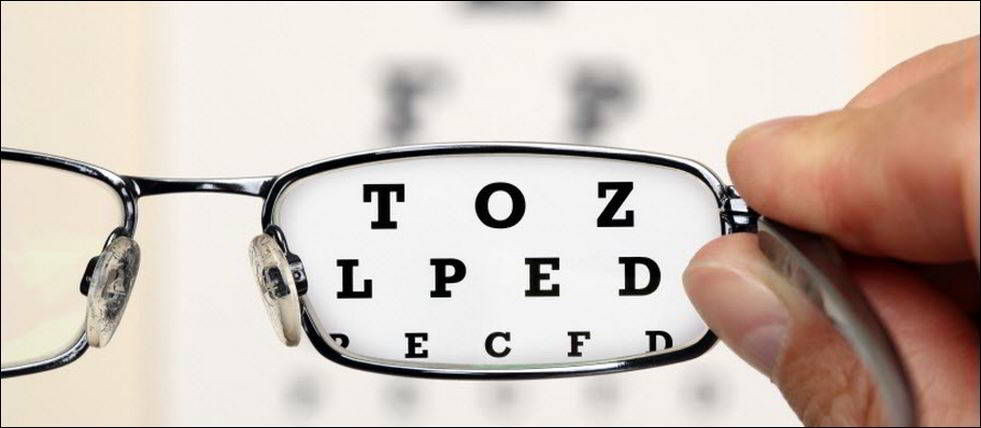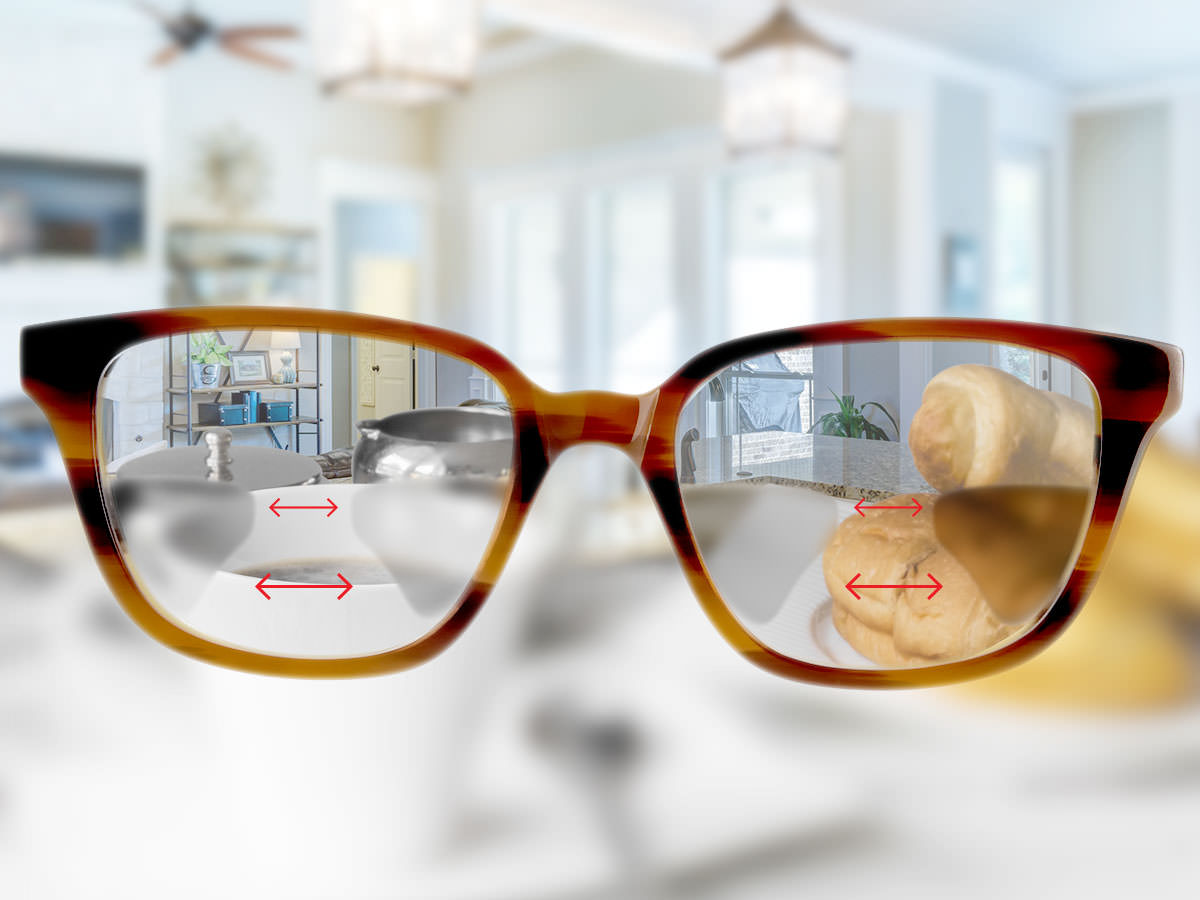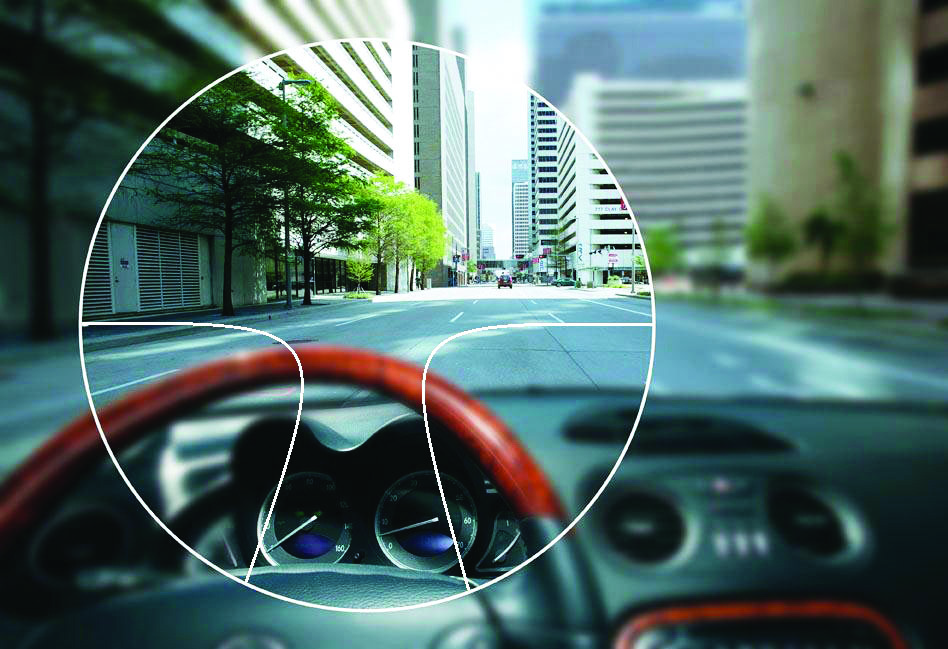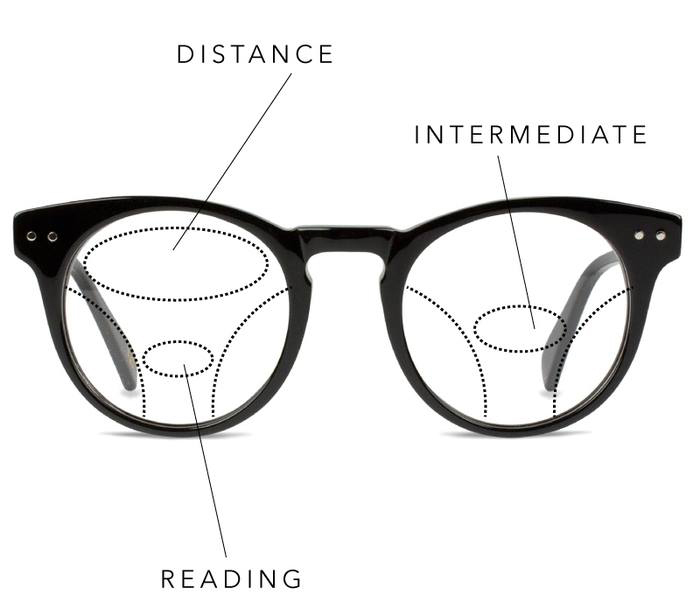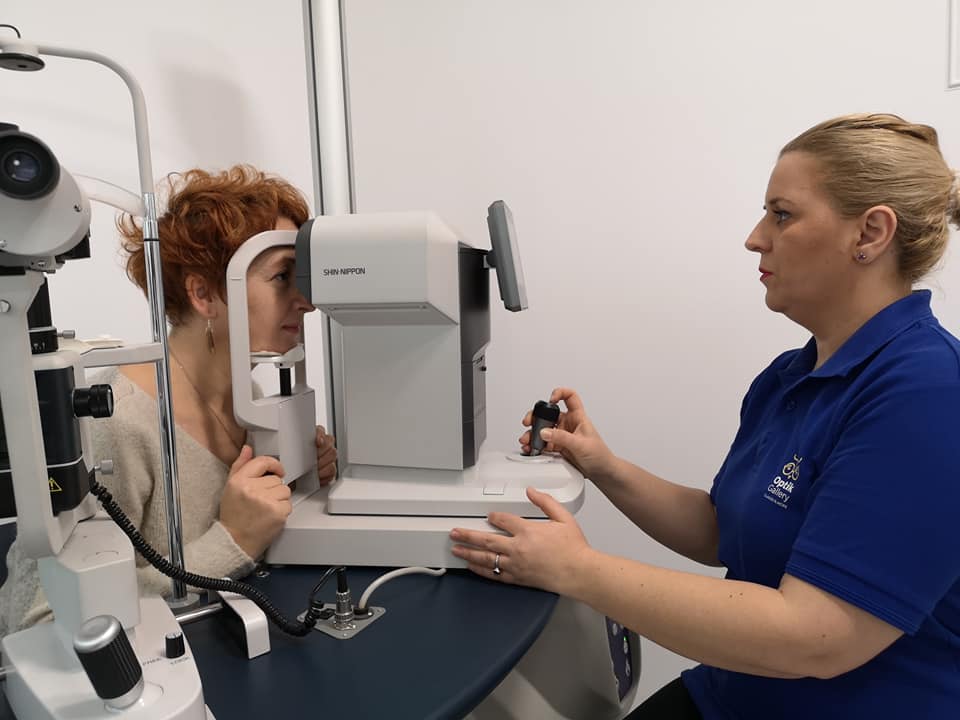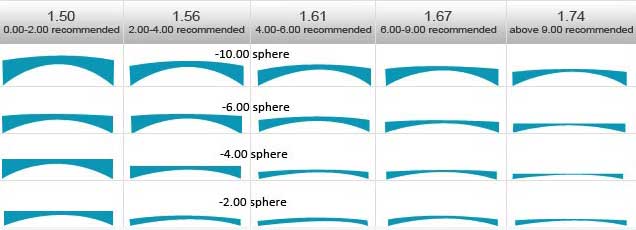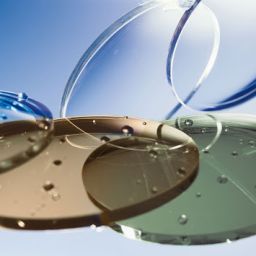CHOOSING GLASSES LENSES
When it comes to choosing glasses lenses, it is best to listen to the optician’s advice and the instructions on the eyeglass recipe. Here are some basics, however, in order to better understand and be able to make an informed choice. The choice of glasses lenses depends on your needs and preferences. These, in turn, depend on your lifestyle. How much time do you spend in front of the screen every day. Do you drive a car? In short, the combination of your options should reflect who you are.
GLASSES LENSES DEPENDING ON THE MEDICAL PROBLEM
Depending on the refractive defect (myopia, hypermetropia, astigmatism, prezbiopie) you need optical correction for a certain distance or more.
Thus, if you need a single pair of glasses, either for distance or for close, then the lenses of the glasses will be monofocal. In the case of monofocal or unifocal lenses, the entire lens corrects only a refractive defect. Monofocal lenses for hypermetropy wearers are slightly thicker in the centre of the lens, while monofocal lenses for myopia wearers are slightly thicker at the edges. One disadvantage of these types of lenses is that to see well at a distance, the glasses close must be removed, and vice versa. This makes it uncomfortable when it needs to be repeated frequently, being the case for people who need to see well when far, when close, at short intervals.
If you need two pairs of glasses, for distance and for close, you can opt for a single pair of glasses with bifocal lenses, which will achieve the optical correction for the two distances. Bifocal lenses have two zones: at the bottom is the correction for close, and the middle and top for far-range view. You can view the two parts of the lens, because there is a line that separates them. The advantage of these lenses is that the wearer can see alternately, near and far, without having to change his glasses all the time. The inconvenience is that between the two corrections there is a meeting segment, which “cuts” the images. Thus, the person sees well at a distance of 33 cm or in the distance, but the view is not clear in the perimeter located between 33 cm and 5 m.
Progressive lenses
Progressive lenses, sometimes called “lineless bifocals”, offer, in addition to bifocal lenses, also an intermediate distance vision. The comfort offered by a single pair of glasses is incomparable to the constant use of two pairs that need to be exchanged between them at all times. These lenses do not have separation lines, but there is a small portion separating the lenses. There are a few distortions at the edges of the lens. You can get a good view when you point your face straight to what you want to see.
Due to their advantages over bifocal and trifocal lenses, progressive lenses have become the most popular options for anyone with presbiopia. And the demand for progressive lenses continues to grow as people want to continue to see well and look good, regardless of age. This application has led to a number of recent advances in progressive lens technology:
- Wider areas of clear view. In the early concepts of progressive lenses, the side field of view for computer use and close reading was somewhat limited. This forces the wearers to make small movements of the head and look directly at an object to see it clearly.
- Computer use and reading areas increased. For computer users, special professional models greatly extend the intermediate area for increased computer comfort.
- More comfort for active wear. With the design of progressive lenses, those who wore glasses for the first time noticed the fading of peripheral aberrations that could give a sensation of movement or during the rapid turning of the head.
- Better optical clarity and less peripheral aberrations. Progressive lenses are very comfortable for everyday wear. Some of the newest models of high quality lenses are created with the same technology used in LASIK surgery for clear optical performance of crystals over a wide field of view.
- Compatibility with smaller frames. To have a wide spectrum of diopters, progressive lenses had to be relatively large. So the frames had to be bigger. Today, many progressive lenses have compact diopters, specially made for smaller eyeglass frames. With these new models, wearers with small faces or anyone who wants a smaller and fashionable frame, can enjoy all the advantages of modern progressive lenses.
- Better lens materials. Today’s progressive lenses are thinner, lighter and more comfortable than ever. Progressive glasses made with high index plastic lenses can be up to 50% thinner than standard plastic glasses. For goggles, many brands of progressive lenses are also available in lightweight and impact-resistant polycarbonate.
GLASSES LENSES DEPENDING ON THE MATERIAL
As far as materials are concerned, the lenses of the glasses can be made of glass, plastic or polycarbonate. When choosing the material you need to take into account the lifestyle and frames that you have chosen.
Glass eyeglass lenses, i.e. lenses made of natural glass according to their professional classification – used to represent the standard. Today, they still retain a place in optometry due to their excellent scratch resistance. Consumers will also appreciate that they are cheaper than similar plastic lenses. In the case of severe ametropia, they can provide the necessary correction with relatively thin lenses – an aesthetic aspect that should not be underestimated. Natural glass is also recommended for bifocal or trifocal lenses because various materials can be fused without forming a perceptible edge. In principle, the larger thickness of the material makes it more optically pure; lenses appear sharper and have fewer disturbing color edges (so-called dispersion). Advantage of natural glass: Produces considerably weaker color edges, even when the refractive index is identical to that of plastic lenses.
Plastic lenses, also known as ‘organic glass’, are suitable for all types of glasses and are especially popular for sports and children’s glasses. They are extremely lightweight and therefore comfortable to wear, do not chip and are very resistant to breakage – up to a hundred times more resistant than glass, depending on the material used. One drawback is that plastic lenses are not as resistant to scratching as glass lenses. However, this can be partially remedied by a hardening treatment. Plastic lenses have the advantage when it comes to style: while glass lenses can only be produced in a limited number of colors and are quite difficult to color, plastic lenses can be produced in almost any color.
Tip for drivers: When it comes to choosing the best driving glasses, plastic lenses are always the best choice because they are resistant to breakage and cannot be chipped, which means they are less likely to cause injuries in unexpected circumstances, such as activating an airbag.
Polycarbonate lenses are perfect for children, athletes, people with an active life and are very impact resistant (12 times more resistant than standard (plastic) lenses, 30% lighter than plastic lenses and can be mounted on any type of frame.
As always, your optician is the person indicated to give you detailed information about the lens material that is best for you.
LENS THICKNESS
The thickness of the lenses is given by the refractive index. The larger it is, the thinner the lens. The tiniest are mineral (glass) lenses with an index of 1.9, and organic (plastic) lenses with an index of 1.74 are also 50% thiner than standard ones, also plastic, but with a 1.52 index.
OTHER ASPECTS RELATED TO LENSES
For visual comfort, but also for appearance, surface design is also important. Here we refer to lenses with spherical geometry (have the same curvature on the whole surface) and lenses with aspherical/double aspherical geometry (change their curvature from the center to the edge, construction that makes them flattened and much thin). Those with aspherical geometry provide optimal visual quality, an increased field of vision given by the elimination of distortions in the lens periphery, reduced marginal aberrations and reduce the effect of shrinking or magnifying the eyes when looking from the outside.
In general, the lenses of the glasses allow the addition of anti-glare treatments, hardening, for blue light, but about these we invite you to read the following article: Treatment of glasses lenses
A special category is heliomate (photochromatic) lenses that close and open their color according to the brightness of the outside environment. With diopters can also be the lenses of sunglasses, so you can opt for colored lenses. The best lenses for glasses are quality lenses, they give you a good view.
Need more information about the type of glasses lenses you need? Make an appointment at OptikGallery.





